Ciao history lovers! ✨ Milan dazzles us with high fashion, stunning piazzas, and masterpieces of art, but behind the glamour lies a complex and difficult history. As I wandered the city, I couldn’t help but notice how much of Milan still bears the marks of Fascism and the World Wars, in its architecture, its monuments, and even in its public squares.
This is a Milan that’s not always on postcards, but it’s vital to understanding the city’s resilience. From Fascist rallies to wartime destruction, from partisan resistance to rebirth, Milan’s story during the 20th century is a reminder of how cities carry their past in ways that are both visible and invisible.
Milan and the Rise of Fascism
Milan was central to the birth of Fascism. In 1919, Benito Mussolini founded the Fascist Party here, gathering supporters at Piazza San Sepolcro, near the Duomo. In the years that followed, the city became a stage for Fascist rallies and propaganda, with Mussolini’s influence shaping Milanese life and politics.
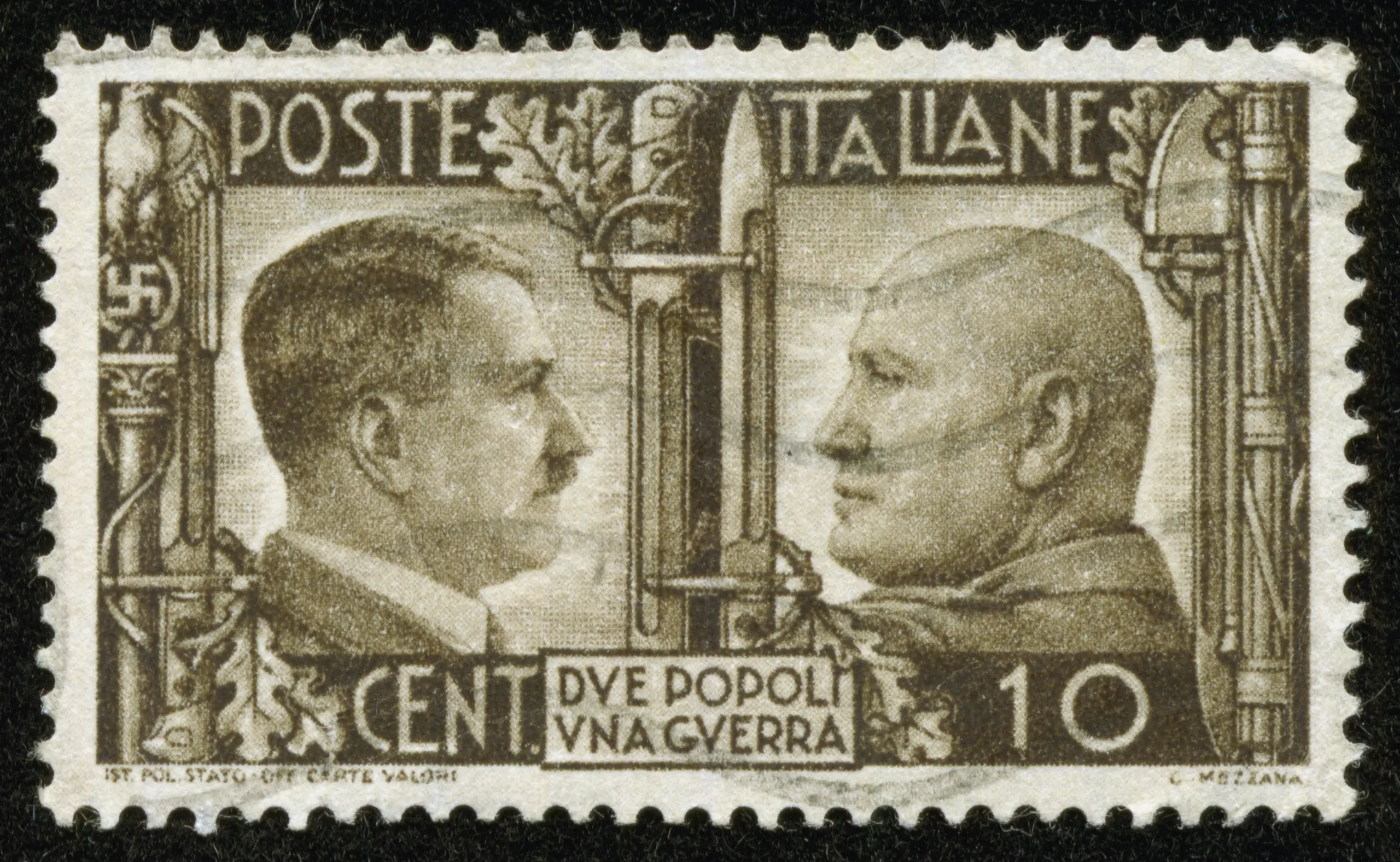
But Milan’s connection to Fascism is also where its story of resistance begins. By the end of the Second World War, the city would rise up against dictatorship, and its role in bringing down Mussolini became one of the defining moments of modern Italian history. The most symbolic place of this chapter is Piazzale Loreto. It was here, in April 1945, that Mussolini’s body was displayed after his execution, an image that marked the collapse of Fascism and the liberation of Italy. Standing in Piazzale Loreto today, with its traffic and shops, it’s hard to imagine the weight of its history. Yet for Italians, it remains a place of memory and transformation.
Fascist Architecture in Milan
One of the most visible legacies of Fascism is in Milan’s architecture. The Fascist regime used monumental, rationalist designs to project power, control, and modernity.
- Stazione Centrale: Milan’s Central Station is one of the most striking examples. Though construction began before Mussolini, the regime expanded its scale and ornamentation, turning it into a showpiece of Fascist-era design: monumental, symmetrical, and intimidating in its grandeur. Today, it’s both a transport hub and an architectural landmark, admired for its size but also a reminder of the political climate that shaped it.
- Palazzo della Triennale: Built in the 1930s, this cultural institution in Parco Sempione is another product of rationalist architecture. It symbolized progress and culture under the Fascist regime but has since been reclaimed as a center of creativity and art.
- Other Rationalist Buildings: Scattered throughout Milan, these stark, geometric forms still stand, often blending into the cityscape yet quietly telling stories of the ideology that produced them.
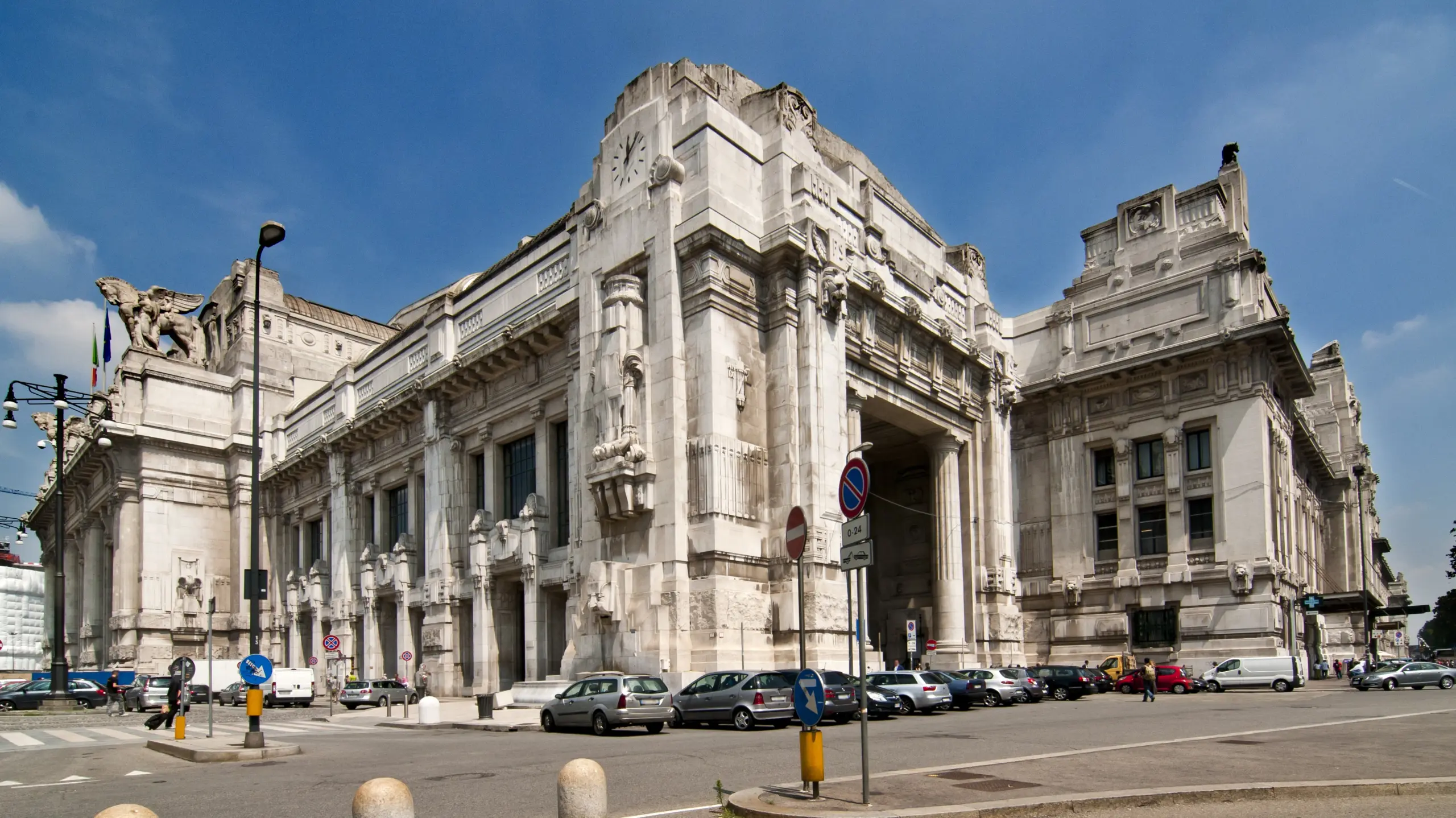
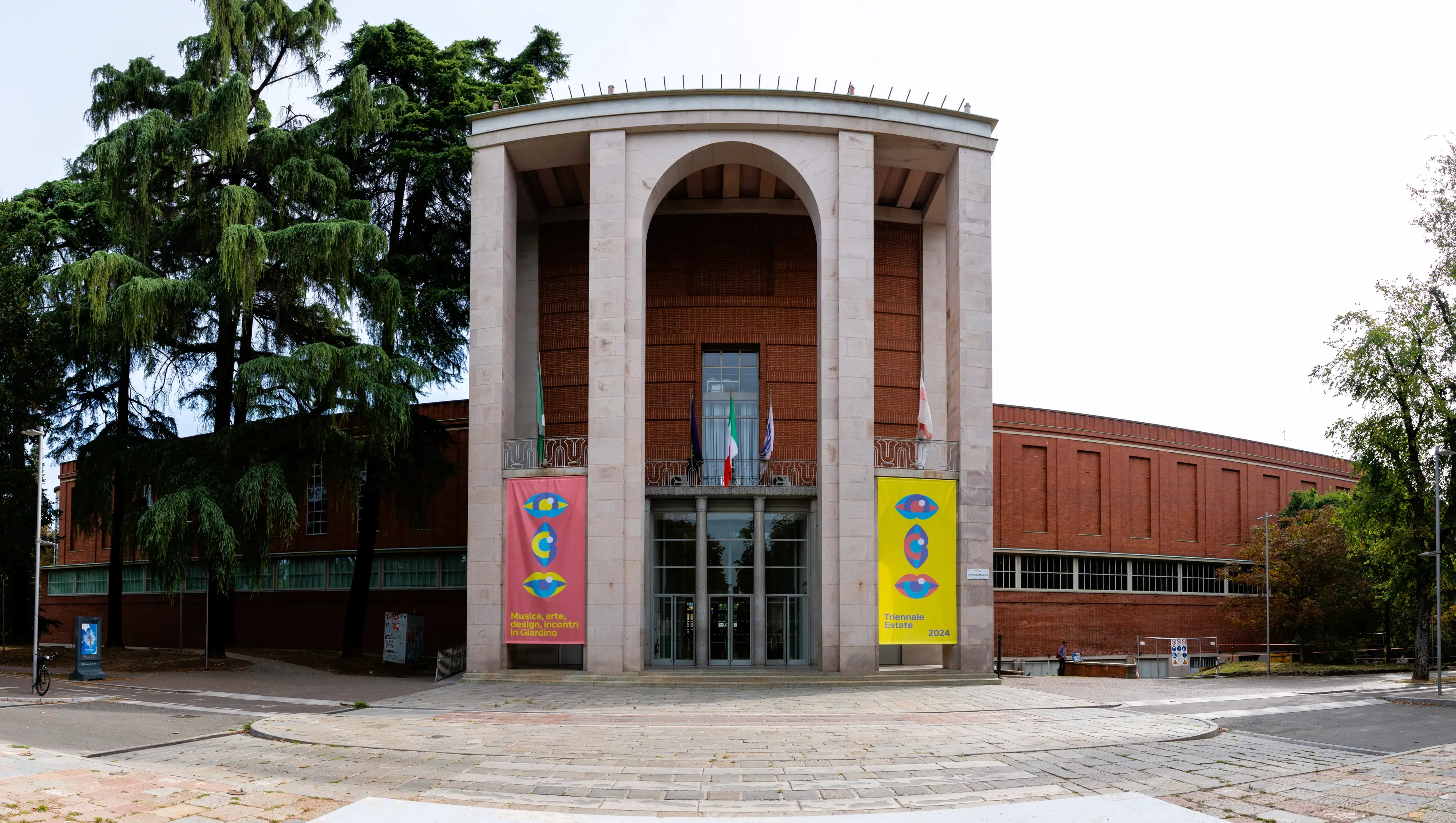
Walking past these buildings, I was struck by the contrast: Milan is a city that celebrates innovation and design, yet these remnants of authoritarian aesthetics remain part of its fabric.
Milan in World War II
The war years were devastating for Milan. As an industrial and strategic hub, the city became a frequent target for Allied bombing. Large sections of Milan were destroyed, including parts of La Scala and damage to the Duomo itself. But even during this destruction, Milan was also a city of resistance. Partisan fighters operated in and around Milan, helping to liberate the city in April 1945. That act of defiance gave Milan not only scars but also pride, a sense of having fought for its freedom.
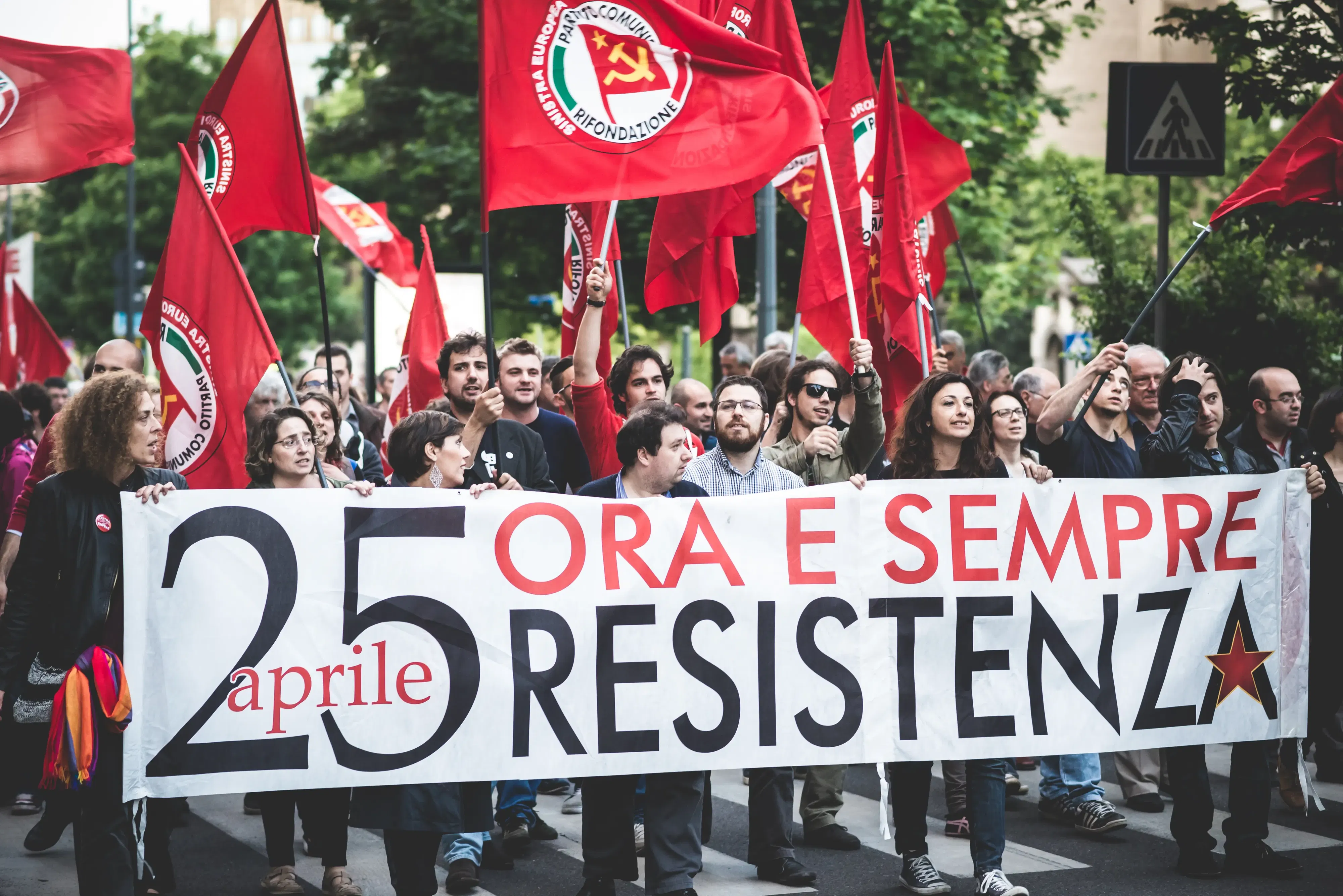
The city rebuilt quickly in the post-war years, but traces of this period remain. Walk through neighborhoods where rationalist buildings stand next to postwar reconstructions, and you can feel the tension between memory and renewal. The speed of Milan’s reconstruction, symbolized by La Scala’s reopening in 1946 with Toscanini conducting, became a testament to the city’s determination to move forward while carrying the weight of its wartime experience.
A City Reborn
After the war, Milan reinvented itself. From ruins and hardship, it became Italy’s financial engine, a hub of industry, and later, a global capital of fashion and design. This rebirth is part of what makes Milan so fascinating: it carries the weight of its 20th-century struggles, yet it chose to look forward, building a new identity rooted in creativity and resilience. The mix of architecture tells the story best: Gothic spires, Fascist rationalism, postwar modernism, and contemporary skyscrapers all coexist. Milan doesn’t erase its past, it layers it, creating a city that reflects both its darkest hours and its brightest reinventions.
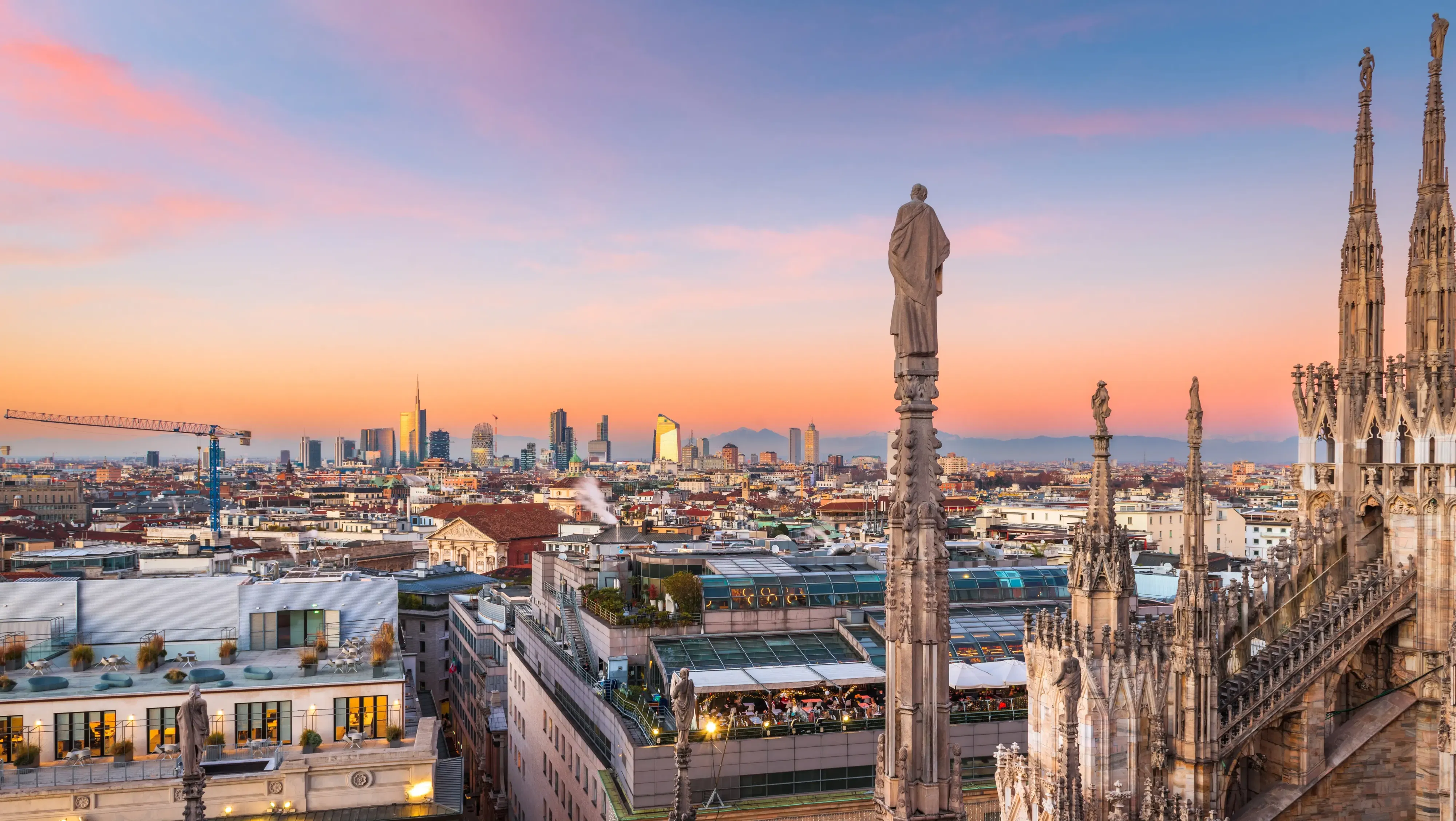
My Personal Reflection
Walking through Milan with this history in mind made me see the city differently. Piazzale Loreto, which most people rush through in traffic, suddenly became a place where history whispered. Stazione Centrale wasn’t just a station, it was a stage for Fascist power, now transformed into a gateway for travelers from around the world. I felt both sobered and inspired. Sobered by the heavy history of Fascism and war, inspired by Milan’s resilience in rising from those ashes to become the dynamic, innovative city it is today.
Travel, after all, isn’t only about admiring beauty, it’s also about confronting complexity. And Milan’s story is a reminder of how deeply history shapes the places we visit.
Tips for Exploring Milan’s War & Fascist History
- Piazzale Loreto: The site of Mussolini’s end. Today it’s a bustling square, but its history makes it one of the most symbolic places in Italy.
- Stazione Centrale (Milan Central Station): Admire the monumental architecture, but also reflect on the era in which it was built.
- Palazzo della Triennale: Now a center for art and design, but also an example of Fascist-era architecture repurposed for creativity.
- Museo del Novecento: For broader context on Italy in the 20th century.
- Walking Tours: Consider WWII and Fascist history tours in Milan, which bring this complex story to life.
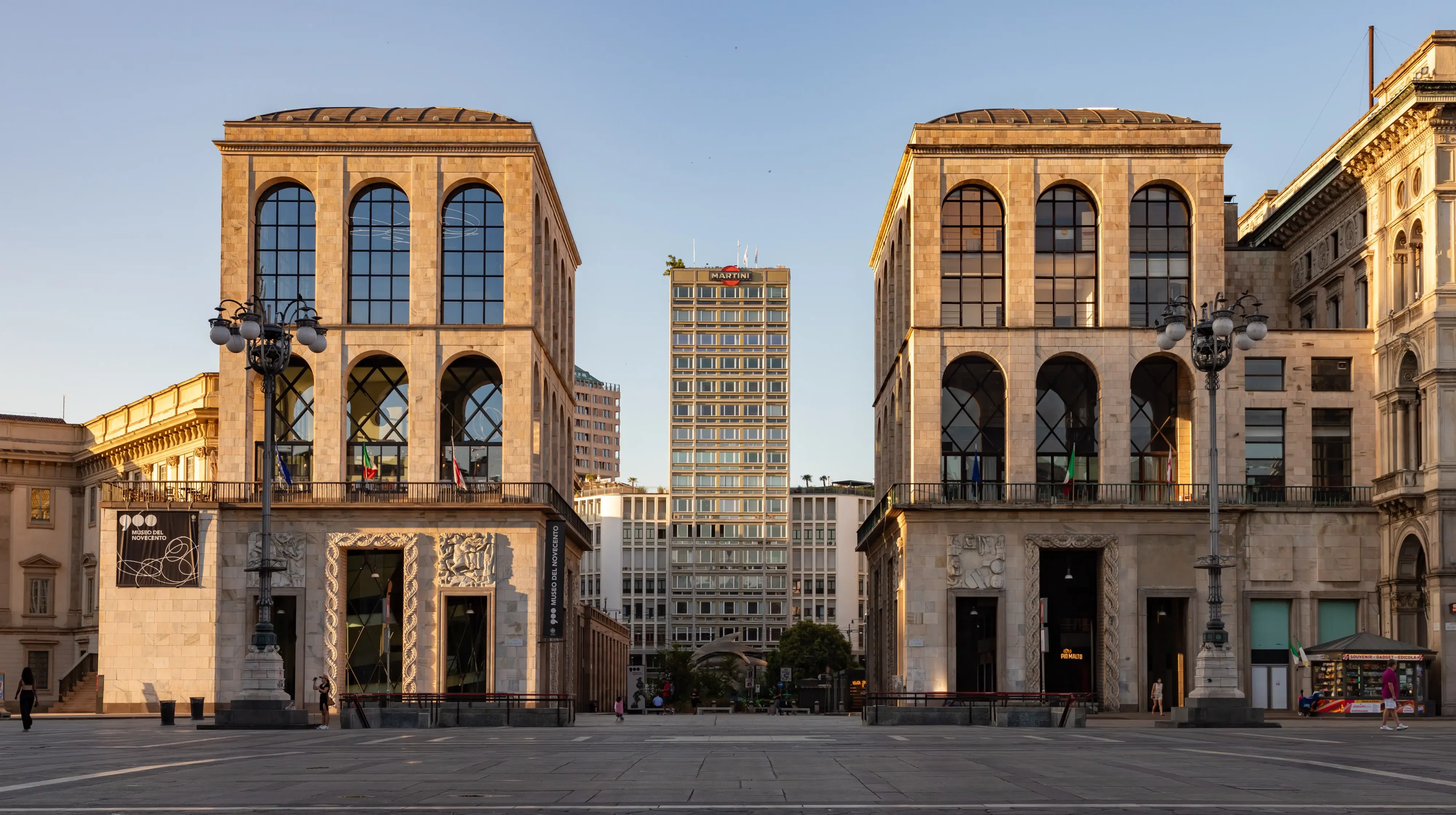
Final Thoughts
Milan isn’t just a city of catwalks and canals. It’s a place where history and memory live alongside beauty and innovation. The Fascist years and the devastation of World War II left scars but also forged the city’s spirit of resilience.
For me, exploring this side of Milan added a profound dimension to my trip. It reminded me that every city carries stories, some dazzling, some dark, that shape its identity. Milan’s story of struggle, survival, and reinvention is one worth discovering.
If you visit, take a moment to look beyond the glamour. Milan has lessons to share, written in its stone, streets, and soul.
xoxo,
Bubbly 🎈

